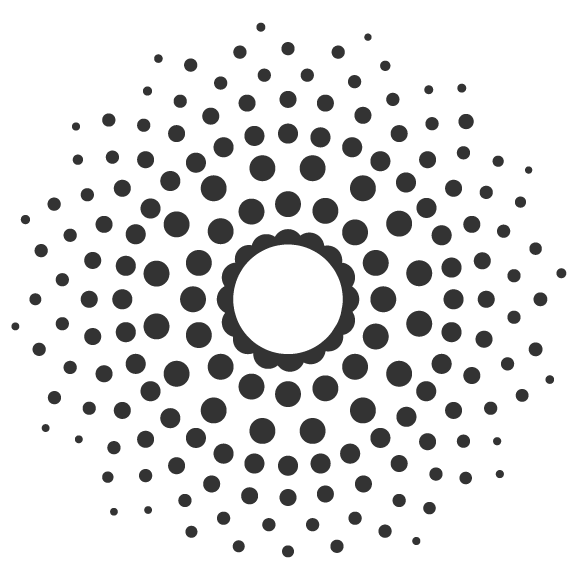HEPA is an acronym which stands for High Efficiency Air Particulate, which is made by the fiberglass that is a disorder fibrous mat arranged. The fiberglass caliber is 0.5~2.0 micron and its high level of filtration efficiency for the smallest as well as the largest particulate contaminants can stop virus and germs ≥0.3μm with 99.995% efficiency.
The HEPA filter is developed during the period of the Manhattan Project that belongs to the US Nuclear Weapons Development, and it was used to capture extreme and dangerous radioactive particles. Nowadays, when scientists found out its high efficiency for capturing Droplets, Aerosols, and the particles of Bacteria & viruses, the HEPA filter is used in the medical industry at large.
Will the smallest viruses pass through the HEPA filter?
As the Filtration Mechanisms we learn above, the 0.3 micron benchmark is used in efficiency ratings, because it approximates the most difficult particle size for a filter to capture. HEPA filters are even more efficient in removing particles that are smaller than 0.3 microns and larger than 0.3 microns. The fact that a HEPA filter’s removal efficiency increases as particle size decreases below 0.3 microns is counter intuitive. However, this is a proven and accepted fact in the filtration sciences.
The virus sizes are within with 0.02um~0.3um. The corona virus size is 0.15um around. Both of them are captured by the HEPA filter through the diffuse and static effect.
Enlarge 1500 times to inspect the particles captured by HEPA filter.




